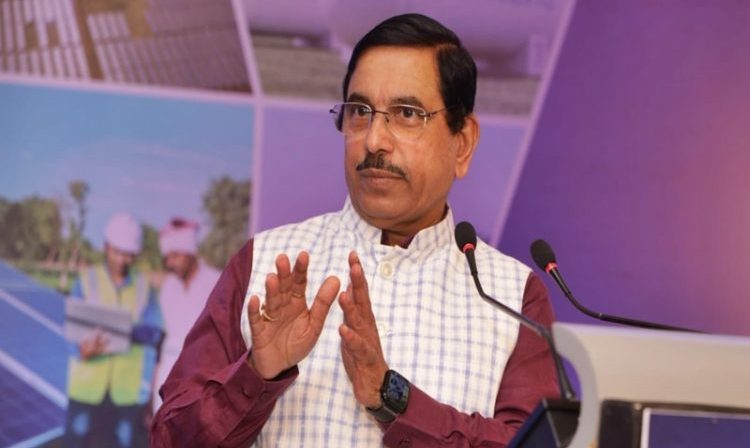India's Ambitious Renewable Energy Goals: Mobilising Finance and Driving Investment
Key Ideas
- India aims to achieve 500 GW of non-fuel-based energy by 2030, requiring substantial investment of Rs 30 lakh crore, with funding to be sourced from various channels including public sector banks and international credit.
- The government is proactively addressing challenges in financing renewable energy projects, facilitating access to funds and technologies, and encouraging mainstream lenders and international participation in the market.
- Efforts are focused on reducing project risks, increasing local manufacturing of clean energy components, and promoting incentives and policies like the Green Hydrogen Open Access rules to drive investments in the sector.
- Initiatives such as the PM-KUSUM Yojana and PM Surya Ghar aim to provide electricity to farmers through solar installations, benefitting households and supporting the adoption of renewable energy solutions.
Union Minister for New and Renewable Energy, Pralhad Joshi, addressed the need for significant financial resources amounting to Rs 30 lakh crore to achieve India's goal of 500 GW of non-fuel-based energy by 2030. Funding will be sourced from various channels including public sector banks, international credit, equity funding, and more. The government is actively working to address financing challenges by providing policy support, financial incentives, and facilitating access to funds and technologies. Efforts are also underway to bring mainstream lenders into renewable energy projects and attract international lenders into the Indian market.
The focus is on reducing project risks, promoting local manufacturing of solar modules, wind turbines, and energy storage systems, and incentivizing investments through schemes like the Production Linked Incentive scheme for solar manufacturing and the Green Hydrogen Open Access rules. The importance of energy storage systems like battery storage, pumped hydro storage, and hydrogen storage is highlighted for grid stability and continuous supply of renewable energy.
The government is also driving investments in solar power, with a cumulative installed capacity of 100 GW as of January 2025, and in wind energy, which reached 48.3 GW by the same date. Initiatives like the National Green Hydrogen Mission and schemes such as PM-KUSUM Yojana and PM Surya Ghar aim to promote renewable energy adoption, provide electricity to farmers, and benefit households through solar installations.
Overall, the article emphasizes India's ambitious goals in renewable energy, the need for substantial investment, and the government's proactive efforts to drive the sector's growth and sustainability.
Topics
India
Green Hydrogen
Renewable Energy
Investment
Solar Power
Energy Storage
Finance
Government Initiatives
Wind Energy
Latest News
